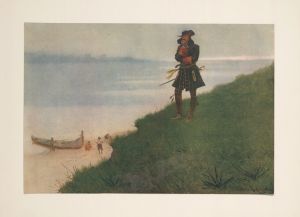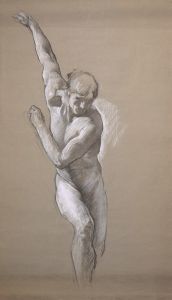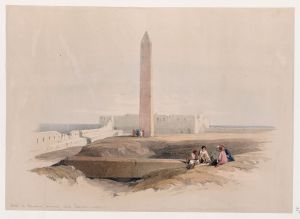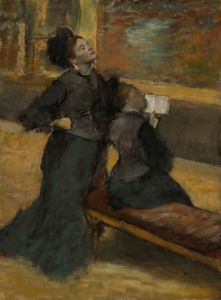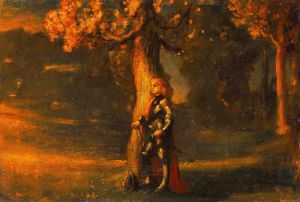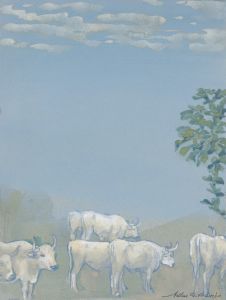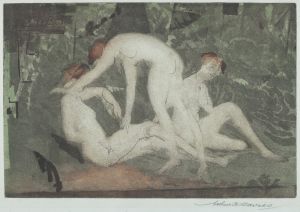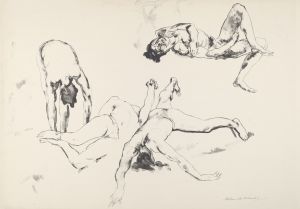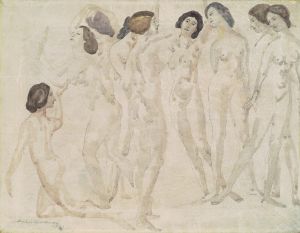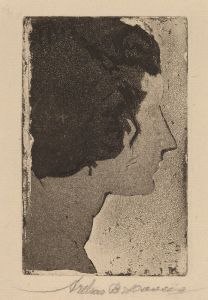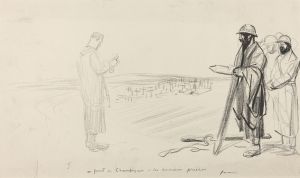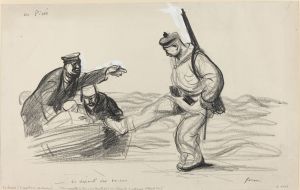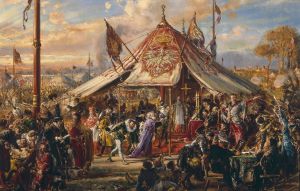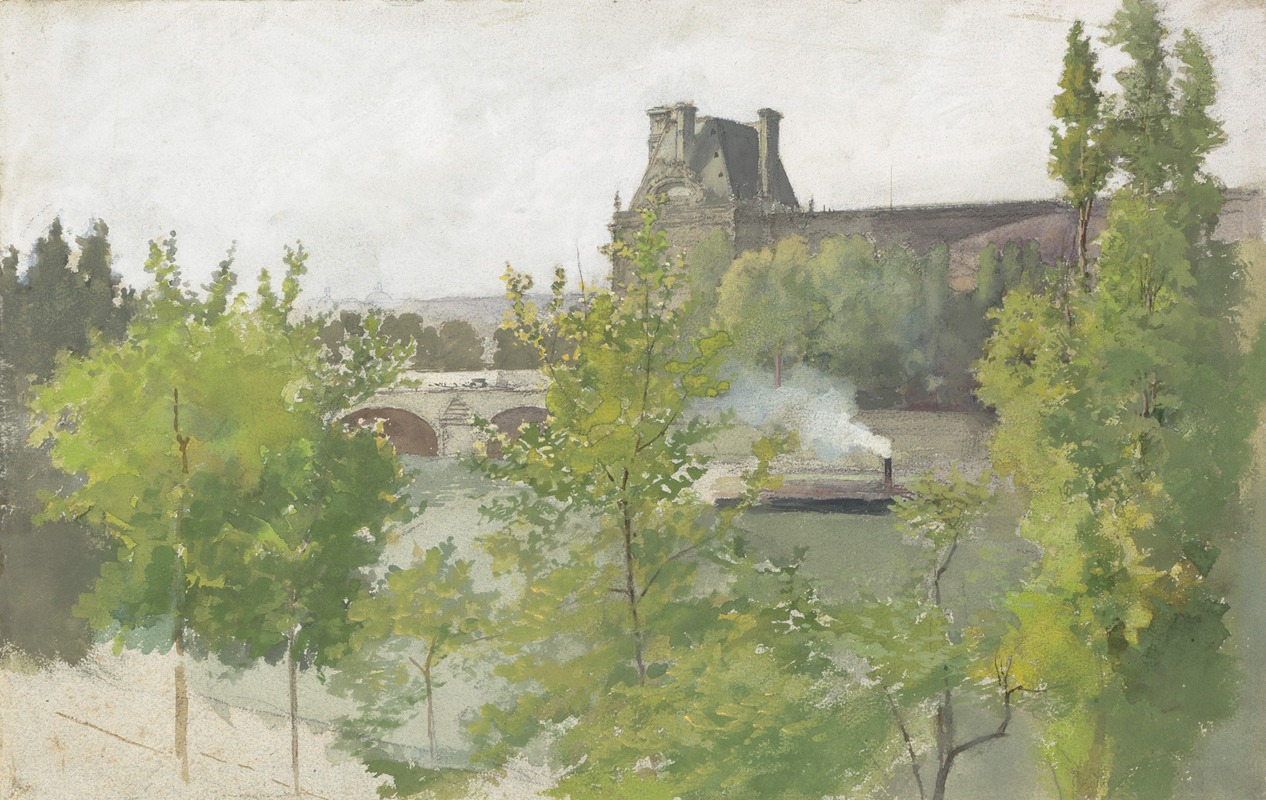
Louvre
A hand-painted replica of Arthur Bowen Davies’s masterpiece Louvre, meticulously crafted by professional artists to capture the true essence of the original. Each piece is created with museum-quality canvas and rare mineral pigments, carefully painted by experienced artists with delicate brushstrokes and rich, layered colors to perfectly recreate the texture of the original artwork. Unlike machine-printed reproductions, this hand-painted version brings the painting to life, infused with the artist’s emotions and skill in every stroke. Whether for personal collection or home decoration, it instantly elevates the artistic atmosphere of any space.
Arthur Bowen Davies was an American artist known for his contributions to the American modernist movement in the early 20th century. However, there is no widely recognized painting titled "Louvre" by Arthur Bowen Davies. Davies was a prominent figure in the art world during his time, particularly known for his role in organizing the Armory Show of 1913, which was a pivotal event in introducing modern art to the American public.
Davies was born on September 26, 1862, in Utica, New York. He studied at the Art Institute of Chicago and the Art Students League in New York City. His work is characterized by a blend of symbolism and realism, often depicting ethereal and dreamlike scenes. He was influenced by various art movements, including Symbolism and Tonalism, and his style evolved over his career to incorporate elements of modernism.
Throughout his career, Davies was associated with the group known as "The Eight," which included artists like Robert Henri and John Sloan. This group was instrumental in challenging the conservative art establishment of the time and promoting more progressive and diverse artistic expressions. Davies' work often featured allegorical and mythological themes, and he was known for his ability to capture the human form with grace and fluidity.
One of Davies' significant contributions to the art world was his involvement in the Armory Show, officially known as the International Exhibition of Modern Art, held in New York City in 1913. This exhibition was the first large-scale introduction of European avant-garde art to the American public and included works by artists such as Pablo Picasso, Marcel Duchamp, and Henri Matisse. Davies served as the president of the Association of American Painters and Sculptors, the organization responsible for the show, and played a crucial role in its success.
Despite his involvement in promoting modern art, Davies' own work remained somewhat conservative compared to the radical styles of his European contemporaries. His paintings often featured serene landscapes, nudes, and allegorical subjects, rendered in a style that combined elements of realism and fantasy. Davies' work is noted for its lyrical quality and his ability to convey a sense of tranquility and harmony.
Arthur Bowen Davies passed away on October 24, 1928, in Florence, Italy. His legacy is marked by his dual role as both an artist and a promoter of modern art in America. His contributions to the Armory Show and his efforts to bridge the gap between traditional and modern art have left a lasting impact on the American art scene.
In summary, while Arthur Bowen Davies was a significant figure in American art history, there is no specific painting titled "Louvre" attributed to him. His influence is more broadly recognized through his artistic works and his pivotal role in the early 20th-century art movements in the United States.





